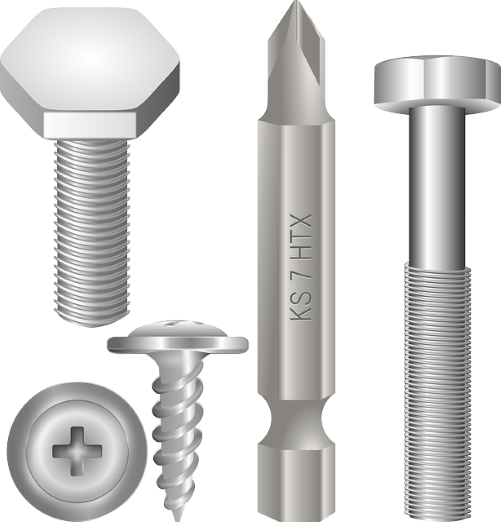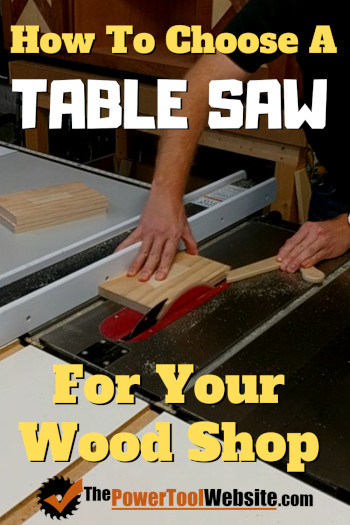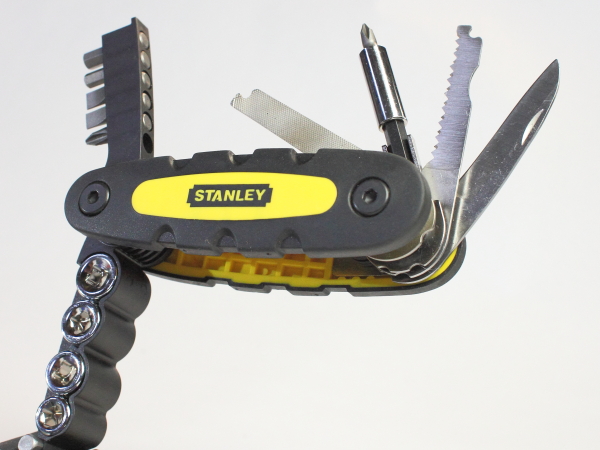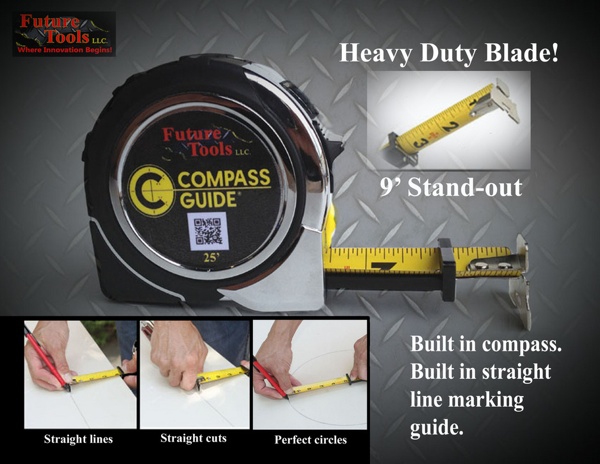A Closer Look at Different Types of Excavator Buckets
Excavator buckets are key attachments that enhance the functionality of excavators for various applications. Understanding the different types of buckets can help you choose the right one for your project requirements. Here’s a closer look at the various types of excavator buckets:

1. Standard Bucket
- Description:
- A versatile bucket with a flat base and curved sides.
- Key Features:
- Suitable for a wide range of materials.
- Commonly used for general digging tasks.
- Applications:
- Excavating soil, gravel, and light debris.
2. Heavy-Duty Bucket
- Description:
- An upgraded version of the standard bucket, made from thicker, more durable materials.
- Key Features:
- Reinforced design for increased strength and longevity.
- Applications:
- Ideal for tougher jobs involving hard clay, rocky soil, and abrasive materials.
3. Digging Bucket
- Description:
- Designed with a sharper cutting edge for improved digging performance.
- Key Features:
- Typically has a wider opening.
- Applications:
- Suitable for deep excavations, such as foundation work and trenching.

4. Trenching Bucket
- Description:
- A narrow bucket specifically designed for digging deep trenches.
- Key Features:
- Long and narrow shape to create precise, narrow trenches.
- Applications:
- Utility installation, drainage projects, and cable laying.
5. Grading Bucket
- Description:
- Features a flat bottom and straight sides for leveling and grading.
- Key Features:
- Efficient for smoothing and contouring surfaces.
- Applications:
- Land grading, finish grading, and surface preparation.
6. Rock Bucket
- Description:
- Built with heavy-duty materials and large teeth for handling tough materials.
- Key Features:
- Sturdy design to withstand heavy loads and abrasive conditions.
- Applications:
- Excavating rocky terrain, moving boulders, and clearing construction sites.
7. Skeleton Bucket
- Description:
- A bucket with a grid-like structure that allows for sifting through materials.
- Key Features:
- Designed to separate large rocks from soil or debris.
- Applications:
- Land clearing and sorting materials.
8. Mud Bucket
- Description:
- A wider bucket designed for handling wet and muddy materials.
- Key Features:
- Optimized for excavating in soft or saturated ground.
- Applications:
- Ditch digging, swamp clearing, and excavation in muddy environments.
9. Multi-Tool Bucket
- Description:
- A versatile bucket that can accommodate various interchangeable attachments.
- Key Features:
- Can be adapted for multiple tasks, maximizing utility.
- Applications:
- Various applications depending on the attachment used, including grading and digging.
Summary Table of Excavator Buckets
| Bucket Type | Description | Key Features | Applications |
|---|---|---|---|
| Standard Bucket | Versatile with a flat base | Wide range of materials | Excavating soil, gravel, light debris |
| Heavy-Duty Bucket | Thicker, durable materials | Reinforced design | Tough jobs with hard clay, rocky soil |
| Digging Bucket | Sharp cutting edge | Wider opening | Deep excavation work |
| Trenching Bucket | Narrow design for precise trenches | Long and narrow shape | Utility installation, drainage |
| Grading Bucket | Flat bottom for leveling | Efficient for smoothing surfaces | Land grading, finish grading |
| Rock Bucket | Heavy-duty materials with large teeth | Sturdy design | Excavating rocky terrain |
| Skeleton Bucket | Grid-like structure for sifting | Separates large rocks from soil | Land clearing, sorting materials |
| Mud Bucket | Wider for wet materials | Optimized for soft ground | Ditch digging, swamp clearing |
| Multi-Tool Bucket | Interchangeable attachments | Adaptable for multiple tasks | Various applications |
Conclusion
Understanding the various types of excavator buckets and their specific uses is essential for maximizing the efficiency and effectiveness of your excavator. Each bucket type is designed for particular tasks, allowing for optimal performance across different job sites. If you have any questions or need assistance in selecting the right bucket for your needs, feel free to ask!




